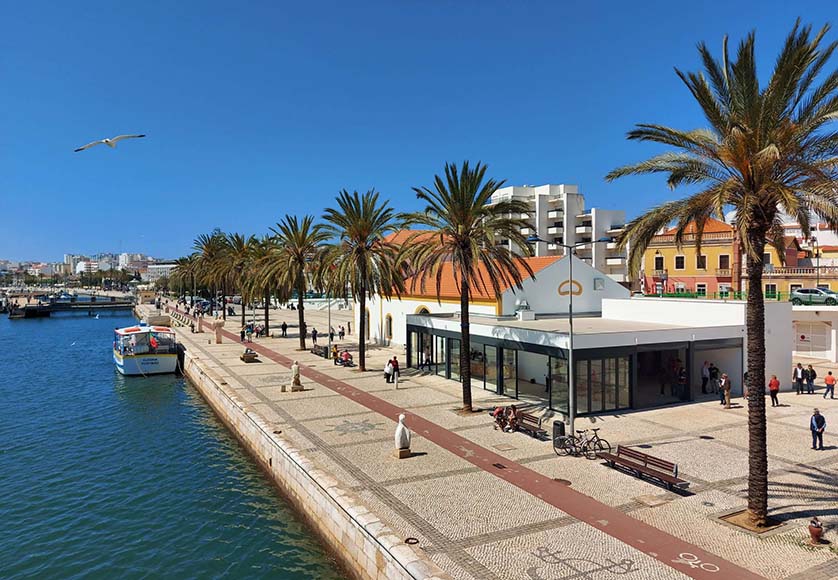
This is how the British historian Eric J. Hobsbawm described the period from 1914 to 1945. Is a full-scale war possible, given what is happening today between Russia and Ukraine? Highlighting some parallels between the present period and this era of disasters becomes tempting in the present context.
The decline of Great Britain at the end of the nineteenth centurye The century and the rise of new powers – the United States, Germany and Japan – led to two world wars to determine which would play the dominant role. Today, according to some, the decline of the United States and the rise of China and India, in addition to the return of Russia after decades of decline, put us in a dangerous position.
The United States does not accept the new multipolar reality (the existence of at least three competing great powers), while China, Russia and others increasingly resist the hegemony that Washington seeks to maintain. Throughout history, the transition from one hegemony to another has tended to bring about major wars.
- Listen to his interview on The Richard Martineau Show, which airs daily at 9:05 AM online QUB Radio :
The decline of democracy
The 1920s and 1930s were marked by the decline of democracy with the rise of fascism, Nazism and other types of dictatorship (Franco in Spain, Salazar in Portugal, etc.), in the context of an economic crisis that is still unparalleled. Today, on a less dramatic note—for now, at least—we must note the rise of the radical right in developed countries. On the part of the citizen, opinion polls show a decrease in attachment to democratic values.
In the United States, the world’s leading power, democracy is clearly in crisis, as evidenced by the attack on Capitol Hill and the refusal of millions of people to accept the outcome of the presidential election. To this must be added a new phenomenon: the environmental catastrophe with the disappearance of thousands of living species, the depletion of resources and climate change. Troubled times lie ahead.
World War?
Should we fear a new world war? Here, the greatest caution is in order. History doesn’t necessarily repeat itself, and certainly not in the same way. Russia is much weaker economically than Germany, which was then the leading industrial power in Europe. It has neither the means – as we see it on the ground – nor the intention to invade Europe.
However, the war between Russia and NATO across Ukraine is still fraught with danger. Nuclear weapons did not exist in the Age of Disaster, until the end of 1945. In that year, only one country, the United States, also had use of them. Russia today will have about 6,000 nuclear warheads. The more the Ukrainian army wins on the ground, the higher the risk of a desperate move by the Russian authorities. It is no coincidence that Biden’s rhetoric towards Putin has taken on a more “diplomatic” tone these days.
We also know that the Russian and American armies are in constant contact to avoid the worst. At the same time, the internal reality of Russia must be taken into account. Since 2014, Putin has nothing left to offer his people in terms of economic and social progress. His popularity also began to decline before the war. The fragility of his system pushes him into a vortex into which we can be drawn more directly than we already are.
However, we must not forget that political life is not a question of natural mechanisms or laws, but of the will of actors and citizens: reversal is always possible and generally unpredictable.
In as much as the rise of the radical right can clash with new political tendencies that will cause them to lose support, so can the Russian people revolt against Vladimir Putin’s regime. This is equally true of the people of China and the United States. A new era of disasters, though possible, is not necessarily inevitable.
Michel Roche, professor of political science and specialist in Russia at the University of Quebec in Chicoutimi









